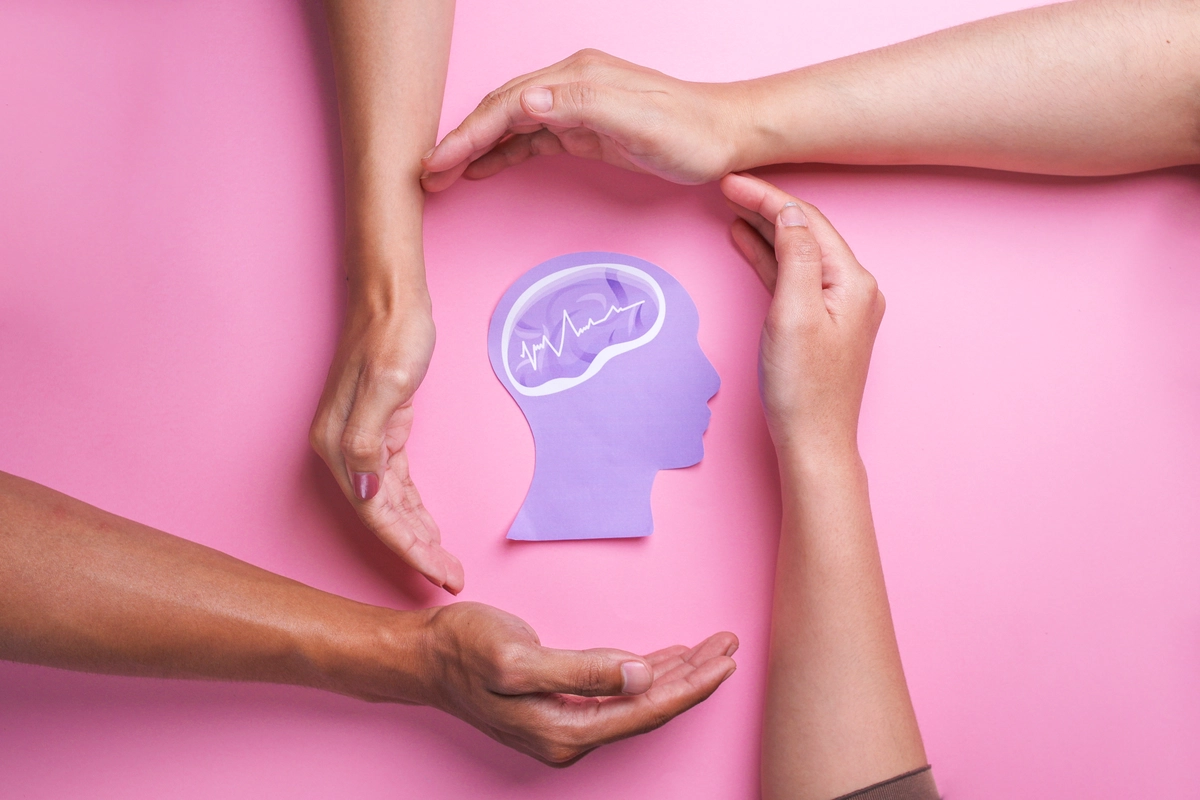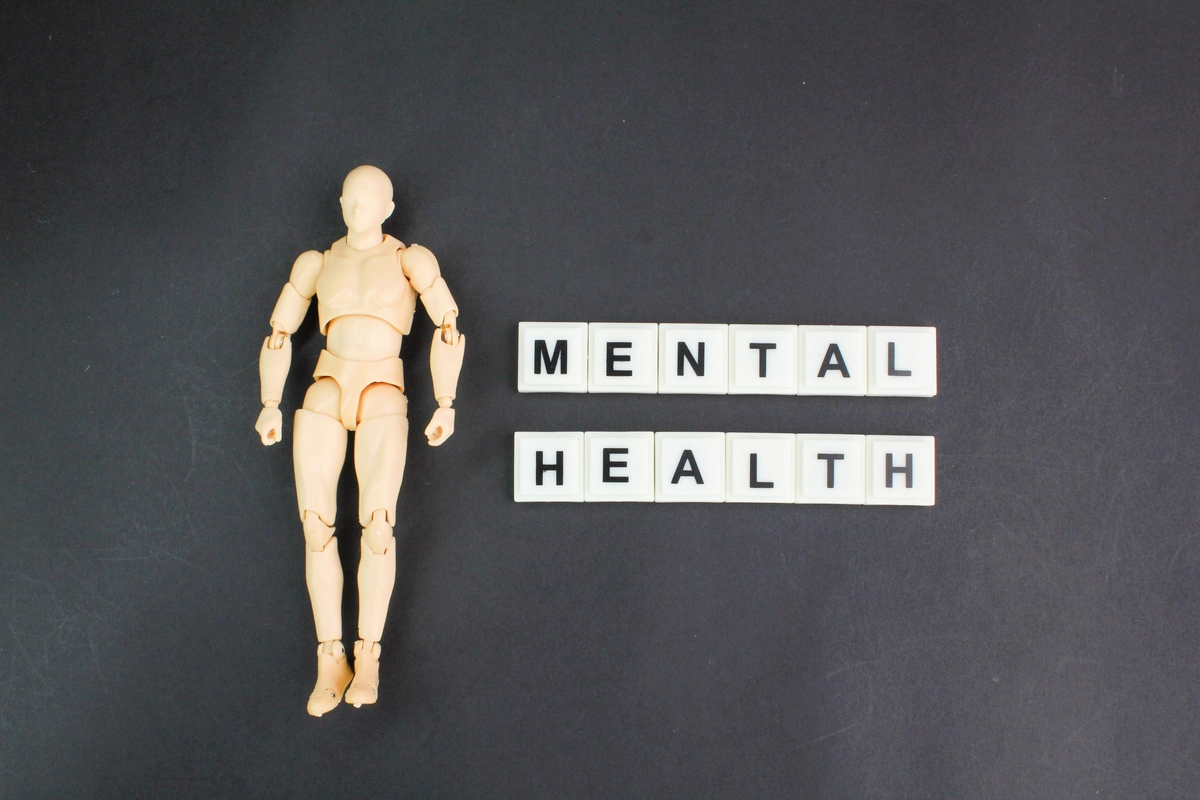How Is Technology Improving Mental Health Treatment?
But it doesn’t stop there. Artificial intelligence (AI) is making waves in mental health treatment. Picture an AI-powered chatbot that acts as your personal therapist, available 24/7. These bots are designed to simulate human conversation, providing empathy and support whenever you need it. They can even offer personalized coping strategies based on your emotional state and history.
Moreover, technology is enhancing the accuracy of mental health diagnostics. Imagine a tool that analyzes your speech patterns or monitors your online behavior to detect early signs of depression or anxiety. These digital biomarkers could revolutionize early intervention, ensuring timely support before conditions worsen.
Virtual reality (VR) takes immersion to a whole new level in therapy. Patients can confront fears in a controlled environment or practice social interactions in VR scenarios. It’s therapeutic innovation at its finest, offering new avenues for treating phobias, PTSD, and other conditions.
Technology isn’t replacing therapists; it’s empowering them. With data analytics, therapists can track patient progress more effectively and tailor treatment plans accordingly. It’s a collaborative approach where humans and technology work hand in hand to deliver better mental health outcomes.
Technology isn’t just improving mental health treatment; it’s reshaping it entirely. From teletherapy and AI chatbots to VR and diagnostic tools, these innovations are breaking down barriers and making mental health care more accessible, personalized, and effective than ever before.
Virtual Therapy: The Rise of Digital Solutions in Mental Health Care
Imagine being able to speak with a licensed therapist through your laptop or smartphone, without having to commute to a clinic or office. This convenience alone has made virtual therapy a popular choice for many individuals seeking mental health support. Whether you live in a bustling city or a remote area, access to therapy is now just a few clicks away.
One of the remarkable aspects of virtual therapy is its ability to break down barriers. People who might have hesitated to seek traditional therapy due to stigma or logistical challenges can now explore counseling in a more private and accessible manner. This inclusivity is crucial in addressing mental health needs across diverse populations.
Moreover, virtual therapy platforms often offer a range of services tailored to individual needs. From video sessions with therapists to text-based counseling, these platforms cater to different preferences and comfort levels. Some even incorporate virtual reality environments, providing immersive therapeutic experiences that can aid in treating anxiety disorders and phobias.
In recent years, the effectiveness of virtual therapy has been supported by research demonstrating its positive outcomes. Many studies have shown that online therapy can be as effective as face-to-face sessions for various mental health conditions, including depression, PTSD, and OCD. The ability to receive timely support and interventions through digital platforms can significantly improve the quality of life for many individuals.
As technology continues to advance, so too will the capabilities of virtual therapy. Innovations such as artificial intelligence (AI) and machine learning are being integrated into therapeutic tools to provide personalized treatment plans and predictive analytics. These developments hold promise for further enhancing the accessibility and efficacy of mental health care in the digital age.
AI in Counseling: How Artificial Intelligence is Revolutionizing Therapy
AI-powered counseling platforms use sophisticated algorithms to analyze user input, whether through text, voice, or even facial expressions. This allows them to detect patterns and emotions that may not be immediately apparent to human counselors. By processing vast amounts of data, AI can offer personalized recommendations and coping strategies tailored to an individual’s needs.
One of the key benefits of AI in counseling is accessibility. Many people hesitate to seek therapy due to stigma, cost, or simply because of geographical barriers. AI bridges these gaps by offering a private, convenient, and often more affordable alternative. Whether you’re in a bustling city or a remote village, AI-driven therapy can be accessed from the comfort of your home, at any time.
Moreover, AI doesn’t replace human therapists; it augments their abilities. By handling routine tasks such as appointment scheduling and progress tracking, AI allows therapists to focus more on direct client care. This enhances the overall quality of therapy sessions, making them more effective and meaningful.
But how effective is AI in understanding complex human emotions? Modern AI systems are continually learning and improving. They can detect subtle nuances in speech intonation, facial micro-expressions, and even word choice to gauge emotional states. While AI may not replicate the empathy and intuition of a human therapist, it offers a valuable complementary tool in the therapeutic toolkit.
AI is ushering in a new era of counseling, making mental health support more accessible, efficient, and personalized than ever before. As technology continues to evolve, so too will its role in supporting mental well-being, offering hope and help to individuals around the globe.
Telemedicine and Mental Health: Bridging Gaps Through Digital Platforms
Imagine this: you wake up feeling anxious, overwhelmed by the day ahead. In the past, seeking help might have meant booking an appointment weeks in advance, traveling to a clinic, and sitting in a waiting room. Today, thanks to telemedicine, support is just a click away.
Telemedicine has revolutionized mental health care by leveraging digital platforms to connect patients with professionals remotely. Whether you’re struggling with anxiety, depression, or just need someone to talk to, telemedicine offers a lifeline. It’s like having a therapist in your pocket, ready to help whenever you need it.
One of the key benefits of telemedicine is accessibility. No longer bound by geographical limitations, individuals in remote areas or those with mobility issues can access mental health services effortlessly. This inclusivity is crucial in bridging gaps in mental health care, ensuring that everyone has access to the support they deserve.
Moreover, telemedicine enhances convenience. Imagine being able to attend therapy sessions from the comfort of your own home or during a break at work. It saves time, reduces travel costs, and eliminates the stress of commuting to appointments. For many, this convenience alone encourages regular engagement with therapy and counseling services.
Privacy and confidentiality are paramount in mental health care. Telemedicine platforms ensure secure communication channels, protecting sensitive information shared between patients and providers. This reassurance encourages openness and honesty in sessions, fostering effective therapeutic relationships.

From Apps to Wearables: Innovations Making Mental Health Care Accessible
Imagine having a therapist right in your pocket, ready to help whenever you need it. That’s the promise of mental health apps. These applications offer a range of services, from guided meditation and stress management techniques to virtual therapy sessions with licensed professionals. Whether you’re battling anxiety before a big presentation or seeking support for depression, these apps provide immediate support, empowering users to take charge of their mental well-being.
Wearable technology takes this accessibility a step further by integrating mental health monitoring into our daily routines. Devices like smartwatches can track vital signs such as heart rate variability and sleep patterns, offering insights into our emotional and mental states. This data not only helps individuals understand their stress triggers but also allows healthcare providers to personalize treatment plans based on real-time information.
The beauty of these innovations lies in their simplicity and accessibility. They meet us where we are—in the midst of our busy lives—and offer support discreetly and effectively. Just as fitness trackers revolutionized how we monitor physical health, mental health wearables are transforming our understanding and management of psychological well-being.

Online Support Communities: The Social Side of Mental Health Tech
Imagine a virtual space where you’re not alone in your struggles—where every keystroke echoes with understanding and compassion. Online support communities offer exactly that. They bring together individuals from diverse backgrounds, bound by a common thread of mental health challenges, to form connections that transcend geographical boundaries.
Participating in these communities isn’t just about seeking help; it’s about giving and receiving support in a reciprocal dance of healing. Whether you’re sharing your own experiences or offering words of encouragement to someone in need, each interaction contributes to a collective atmosphere of solidarity and resilience.
Unlike traditional support groups, which often require physical presence and scheduled meetings, online communities operate 24/7. They provide immediate access to a wealth of knowledge and emotional support at any hour of the day. This accessibility is crucial for those who may find it difficult to attend in-person meetings due to busy schedules or anxiety about social interactions.
Moreover, these communities foster a sense of empowerment. They enable individuals to take an active role in managing their mental health by providing resources, tips, and strategies shared by peers who have walked similar paths. It’s like having a toolbox filled with coping mechanisms, curated by those who understand firsthand what it’s like to face mental health challenges.
